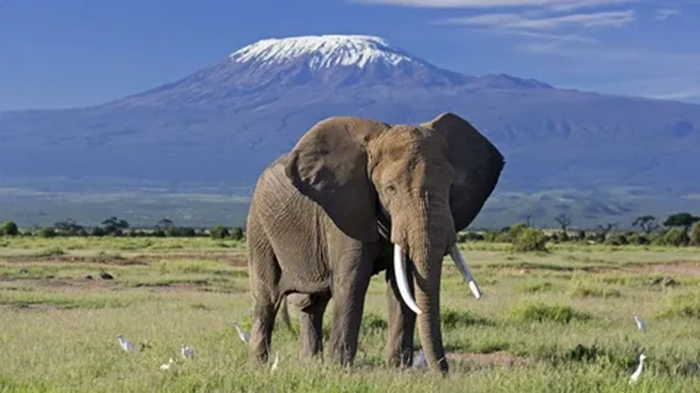The scientists used the advanced mathematical model ENERSCAPE, which takes into account the elephant’s body weight and terrain, as well as satellite data on vegetation and water bodies. This comprehensive analysis helped to predict elephant movements and develop strategies for their protection.
It turned out that 94% of elephants avoid steep slopes and rough terrain, and 93% choose areas with a lot of vegetation. The influence of water bodies was less clear-cut: some individuals prefer to stay nearby, while others make long movements.
As the speed of movement increases, elephants become increasingly selective in their choice of routes. If they move slowly, 74% of them avoid difficult terrain, 87% at medium speed, and 93% at fast speed. This indicates that elephants carefully consider the balance between energy expenditure and path length.
The results of the study can have a significant impact on the conservation of elephant populations, helping to create optimal reserves and migration corridors. In addition, understanding the energy expenditure of elephants will help predict how climate change will affect their habits. The authors of the study emphasize that further research should take into account seasonal changes, anthropogenic factors, and long-term climate trends.

